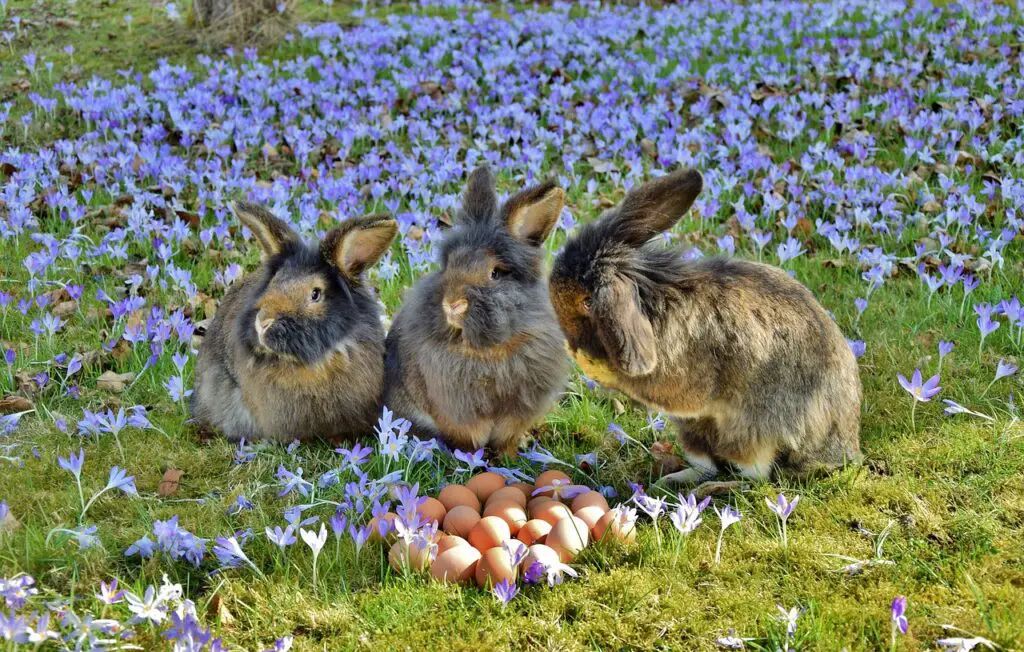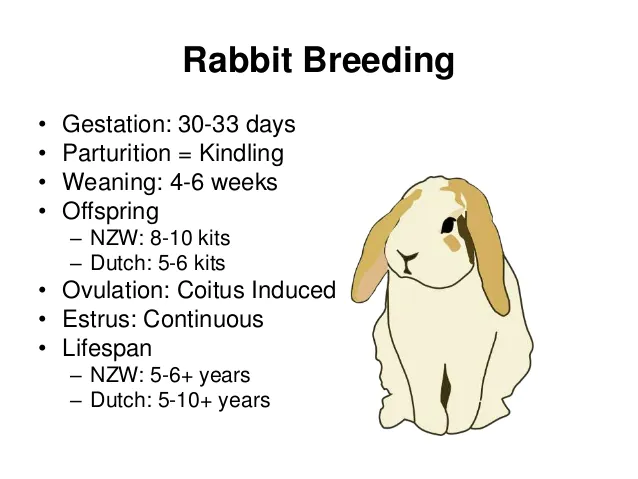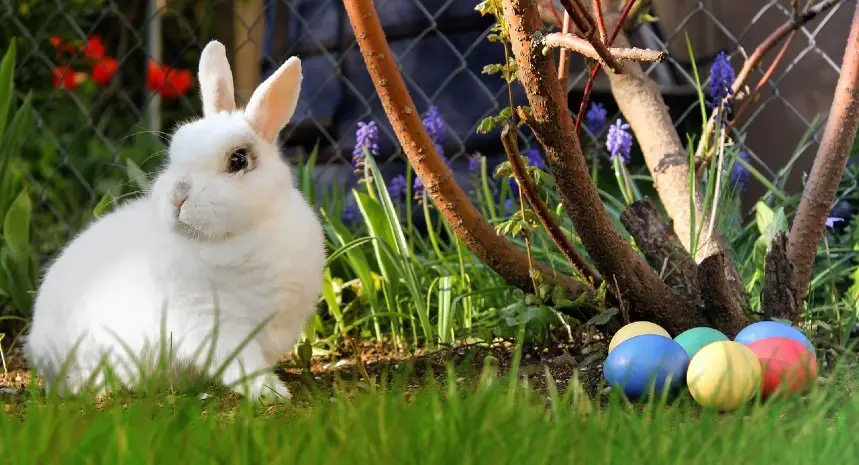Last Updated on June 12, 2023 by Leonard Harper
Many people may not know how to answer the question “Do rabbits lay eggs?” It’s surprising but true!
This article will help you understand what type of animal is a rabbit (hint: despite the similarities, they don’t come from the same family as the rodent) and how they reproduce. We will also talk about the connection between rabbits and Easter Day, which some people believe was caused by their belief that rabbits lay eggs.
The truth, however, is that though it’s easy to see why this myth started because of the connection with Easter Eggs, rabbits actually give birth to their offspring just like most mammals on earth!
So, do rabbits lay eggs actually?
The short answer is no. Rabbits are lagomorphs, which means they don’t belong to the same family as rodents. And like all mammals (where lagomorphs are one of them), they give live birth.
Some animals such as rodents and reptiles do lay eggs. However, since these are not mammals, that doesn’t apply to rabbits.
There is a connection between rabbits and Easter Day, but it’s not because they lay eggs. People often associate rabbits with Easter by making them into cute little stuffed toys as well as hiding chocolate treats inside their nests!

Female bunnies – called does – give birth to live young ones after about thirty days gestation in which she mates with another male rabbit (a buck). They usually have litters consisting of six babies at most when only mating twice a year on average due to feeding restrictions imposed upon them by humans.
The reason for the misconception about do rabbits lay eggs is that many people do not know how bunnies reproduce and think they do it by laying eggs as chickens or geese do.
However, when people see a rabbit nest on Easter morning with chocolate eggs inside of them, they naturally assume these are its offspring from an egg-laying female bunny!
The truth is that the person who made this connection forgot to mention one important thing… a giant easter bunny cannot possibly produce all those extra-large chocolate treats – so humans must be behind this mysterious process instead!
What does a rabbit’s reproductive cycle look like
Rabbits don’t ovulate, which means they don’t spontaneously release eggs for fertilization in a fixed cycle like most mammals do.
Instead of releasing an egg to be fertilized, a female rabbit releases her hormones and is ready to mate with the male. The egg is only released during the mating session.
This process happens every six weeks in seasonally breeding rabbits. Seasonal breeders are those who mate during only one particular time of year – usually when it is warmer outside because this increases fertility rates.
After mating, the doe will nurse her offspring and build up milk supplies to feed them.
This process happens for about a month before it is time to mate with another male rabbit. The doe will then be ready to have more babies!
A doe might only have two litters per year but each litter can consist of six kits at most.

What does a rabbit get pregnant
Rabbits don’t have a fixed gestation period. It typically lasts about 30 days but can be as short as 17 or as long as 40. An average-sized doe’s (female rabbit) pregnancy is about six weeks and will usually produce one to twelve offspring – who are called kittens (or kits in short)!
Once born, babies are hairless (except for their head), toothless, blind, and completely dependent on their mommy bunny. This means that they cannot eat solids yet so they rely solely on nursing from their moms for sustenance while relying on her warmth to stay warm and alive.
Contrary to popular belief that “rabbits lay eggs,” the natural way of reproduction in these animals is by giving live birth to their offspring. The kits will then nurse from their mother until they are able to eat other types of food besides milk, like hay and vegetables.
How did rabbits get associated with eggs in our culture
It is believed that the rabbits in medieval times were a symbol of fertility and rebirth, so it only makes sense for them to be associated with eggs at Easter. But what about the link between eggs and Easter Day?
From ancient pagan festivals celebrating spring to Christian tradition, the egg has been an important symbol for new life. In some cultures, it has been said that eggs represent purification and fertility while in Christianity they are a representation of Jesus’ emergence from his grave.

The origin of our modern-day custom can be traced back as far as 4th century Rome. Pagans used to mark time by drawing symbols such as animals or flowers. This is usually done at celebrations commemorating seasonal changes like spring arrival which would then become synonymous with renewal.
Christians adopted these traditions around 1000 AD when Christianity was still taking hold across Europe – incorporating them into various religious practices including Lent. It’s been said that the custom of celebrating Easter Day with bunnies and eggs can be traced back to German settlers who brought the tradition into America in the 1700s.
What are the differences between a rabbit and an Easter bunny
This is a common question that people ask when trying to understand the connection between rabbits and Easter eggs. An easy way to do this is by considering what type of animal are bunnies which most kids know – they’re small furry animals with long ears who live in underground burrows.
Easter bunny, on the other hand, refers specifically to a rabbit-like figure commonly seen during Easter celebrations wearing clothes like those worn during Christmas.
Final thoughts
Sure, I could’ve answered this article in one word. But now you have a clearer idea why some people might have mistakenly assumed rabbits lay eggs. And where the source of confusion came from.
The next time you’re celebrating Easter Day, you’ll know the origin and the connection between eggs and rabbits!
Leo, a novice urban farmer and avid writer hailing from Chicago, Illinois, finds his joy and inspiration in the company of rabbits. His affection for these cuddly creatures started when he was gifted a Mini Rex, named Poe, on his 18th birthday. Poe soon became a source of comfort, companionship, and surprisingly, creative inspiration. He soon expanded his brood to include three more rabbits of different breeds, each with their own engaging tale.
